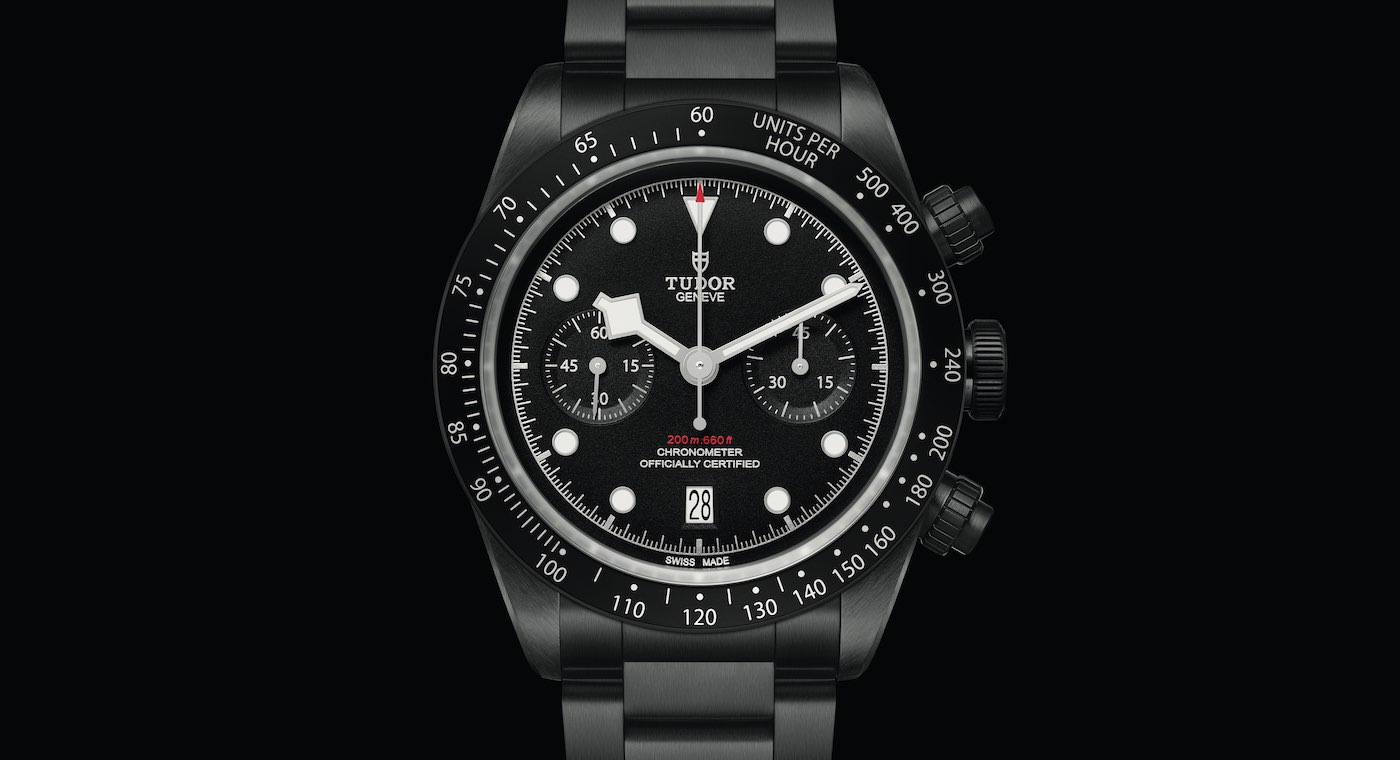Everyone likes to feel special, and while not everyone wants to flaunt it, with social media and the rise of oversharing, more people feel that they are obligated to partake in whatever is popular this week. It’s a constant race to be involved in the next hot thing, and companies across the globe are loving it. Consumers have created their own demand for products, and the biggest competition is no longer other brands but other consumers.
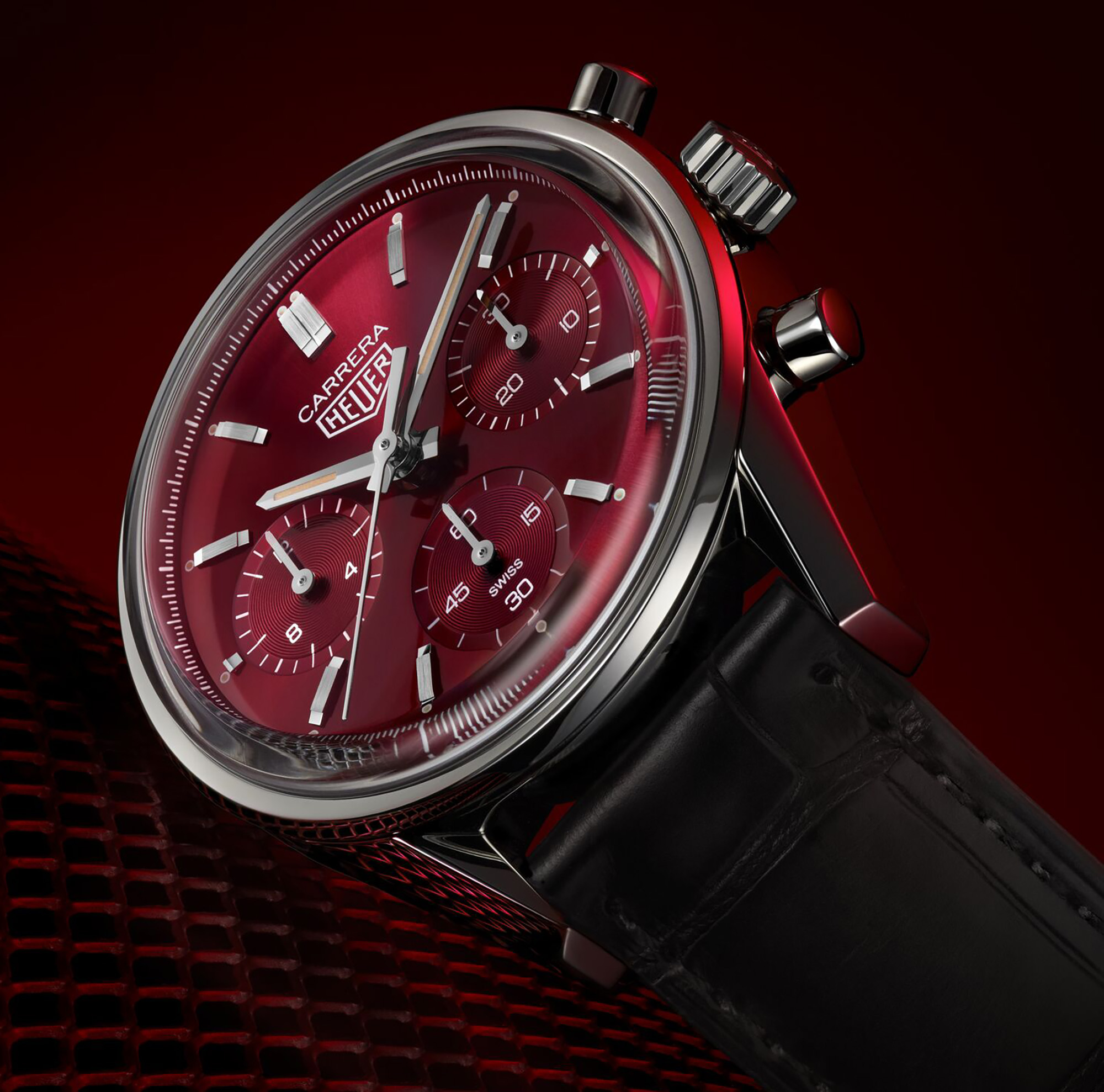
So, how can a company get in on this craze while mitigating risk and maximizing profit? In comes the limited edition. The title itself makes it sounds special. It is limited, which means there is a set number available, and it implies that there will be no more. Due to this scarcity, there is an increase in demand, and by nature of basic economics with high demand and low supply, the cost is, theoretically, higher. But this isn’t a discussion of economics; this is a discussion of how people react to the effect of limited supply and how the watch industry is cashing in on the natural human urge to feel special.
This participation in current trends creates a feeling of exclusivity that was previously achieved through more permanent means. One may have felt special because of their social class, the company they work for, or the people they know. Now, people get the same pleasure from products they own, especially products others cannot get. Drop culture has only exacerbated this infectious thrill that comes with being the special person who has the new hot thing. Those “in the know” or who have special connections can flaunt their early access, and those who don’t have the opportunity to feel a temporary buzz of joining the exclusive ranks of being “in” on whatever is hot — albeit a short buzz because the next limited edition is right around the corner.
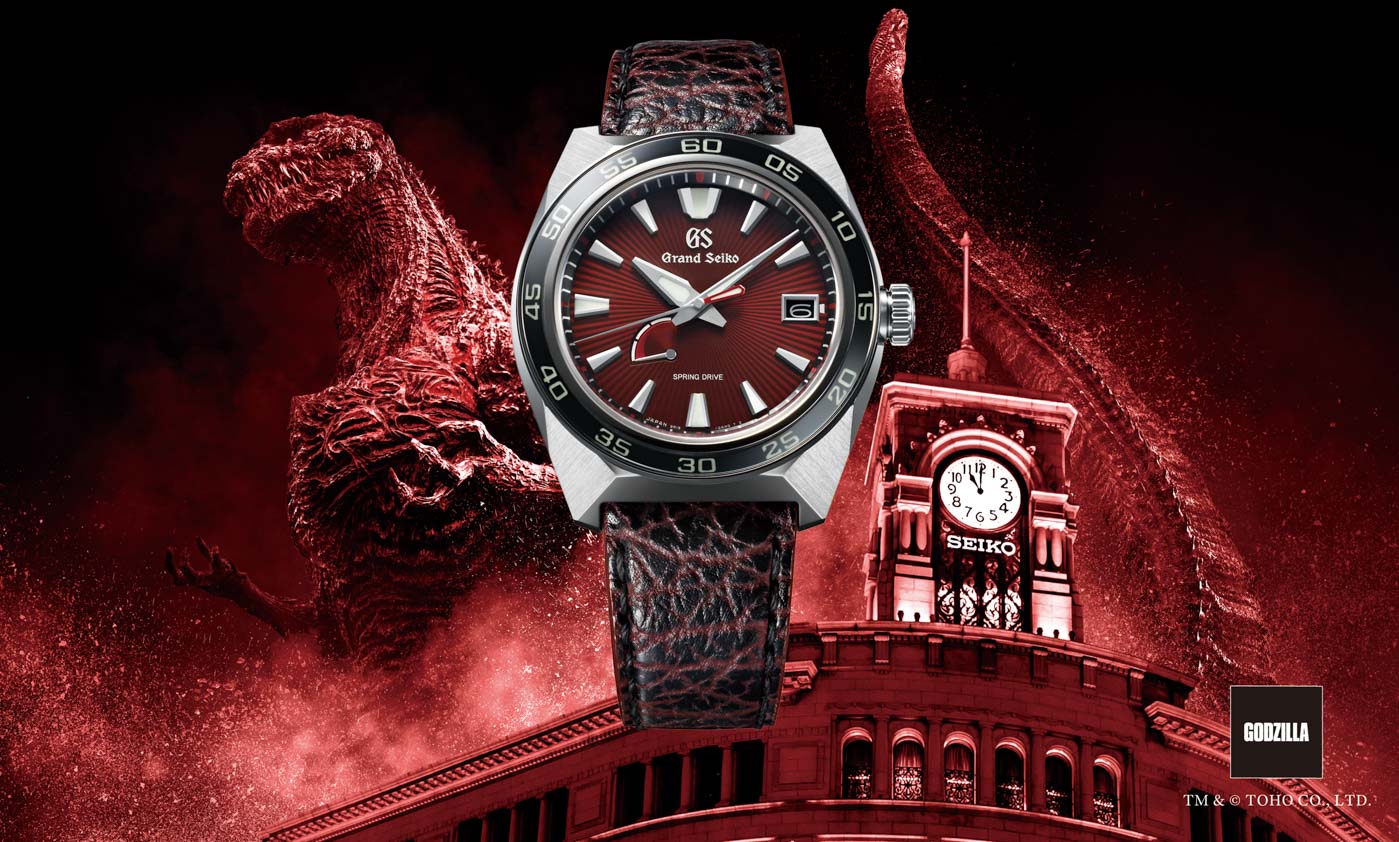
Watches are no different. Whether it be an intentional scarcity — a tactic that speculators suggest some brands are using – or a sales trick preying on consumers, the use of limited production to incite purchases works, to an extent. But the enthusiast market is catching on, and it is starting to look more like consumer burnout than a shift of interest. Looking back at only the last few months on aBlogtoWatch, we have covered more than 25 different limited-edition watch releases and that is barely scratching the surface of the industry as a whole. Many of the limited editions we haven’t covered didn’t receive coverage not because they aren’t interesting or deserving(which may be true for some), but because of the sheer volume and variety.
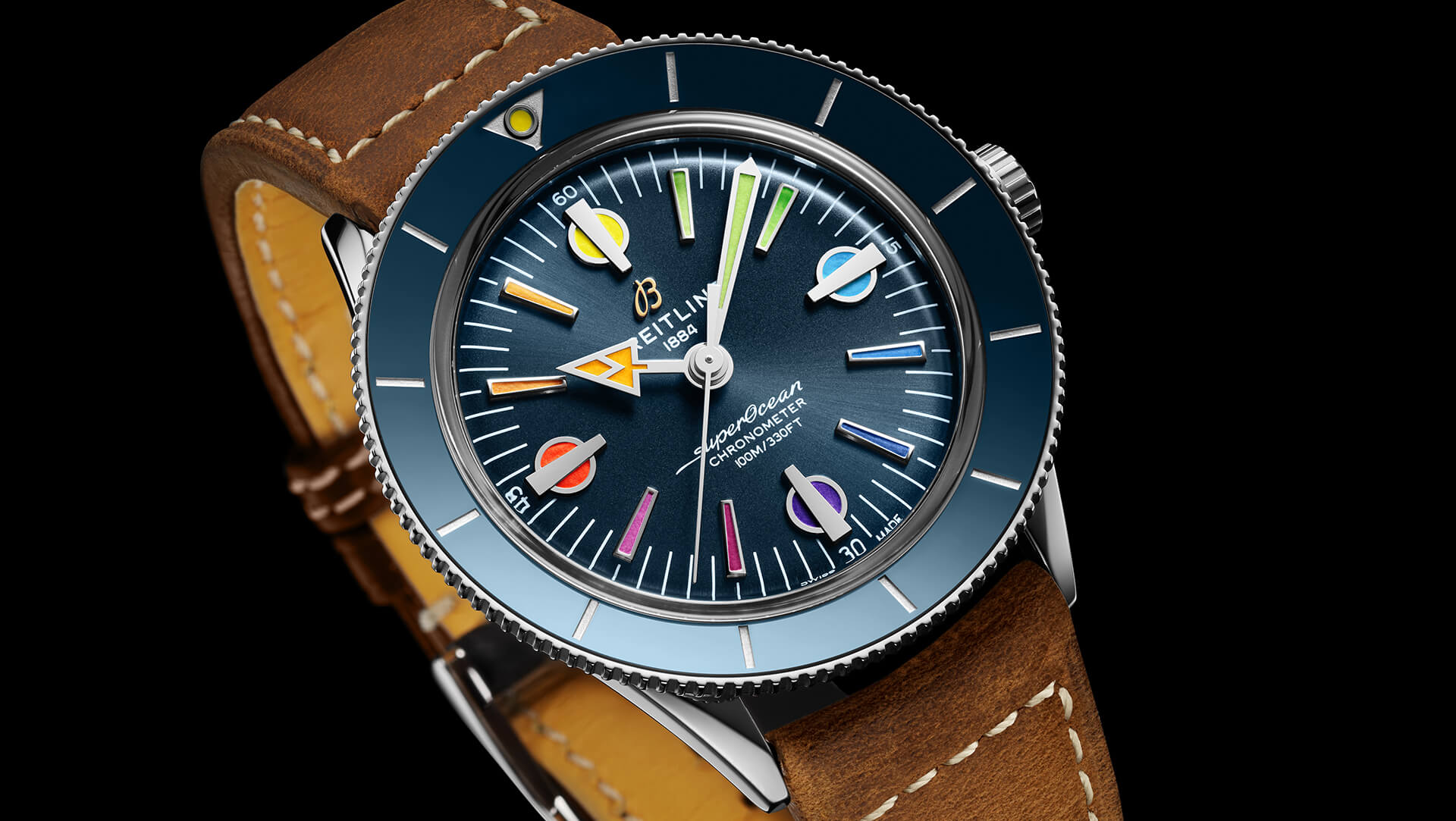
This onslaught of limited-edition releases is hyper-saturated with watches that aren’t truly novel or necessarily interesting. A significant portion of the releases fit into three main categories. The first is a different color scheme or dial, often marketed as inspired by a season, location, holiday, or event, but at its core is the same watch as the original model. The second is in collaboration with a special artist or designer. This is often where you see less regurgitation of design and get something unique. The third (which I have little issue with) is models done with charitable foundations and longtime partners of the brands. What I do have an issue with, and it seems that a significant portion of the community does, as well, is the first form mentioned, which is the most common. Some brands are releasing what is essentially the same watch four or five times a year in different colors using slightly different marketing techniques and labeling it as limited to create a sense of urgency and guarantee sales. Sure, it is a clever technique to ensure you will get a return on your investment, but when your investment is only a different color scheme, it just comes off as over-saturating the market with a false sense of scarcity.

A portion of the market may genuinely prefer a limited edition, but sometimes even the entire market prefers this SKU and the resale prices reflect that. Surely, this is what most brands hope for with each limited release — a high-demand variant with secondary market prices that dwarf retail prices. It generates newsworthy buzz about the brand that may reach new markets and it raises the prestige of the brand, albeit temporarily. When the hype dies down (which it always does) prices settle, as well, and many forget about the limited edition they craved. But what about all the releases that didn’t get this kind of hype?
Here is where a big problem lies. Many buyers of limited editions fall for the sense of urgency surrounding these low-quantity releases. They purchase on impulse and aren’t satisfied with their purchases long-term. Watches are unique purchases that often take time, research, discussion, and thought to ensure that it is something you truly want. Impulse purchases skip this process, which eliminates the gradual buildup of anticipation until it is on your wrist. The race to see who can click “Buy Now” the quickest, and whose mail carrier comes soonest is the only anticipation associated with the spontaneous acquisition of a limited-edition watch. Once the rush of owning the hot new thing fades, the watches are listed for sale on forums in a graveyard of limited editions that most people don’t even want anymore.
Aside from the hottest few limited editions from each year, there is a growing surplus of watches for sale on the secondary market that are sitting there for one of two reasons. The first is that it’s not a desirable watch, plain and simple. The second is that the artificial demand surrounding its limited nature results in an asking price that no one is willing to pay, and while the brand may have made its money back, having so many readily available limited edition pieces may make buyers weary of purchasing the next release. Fortunately, the watch market seems to be thriving despite the global economic decline, but we are already seeing limited editions gather dust in boutique display cases instead of on the forums.
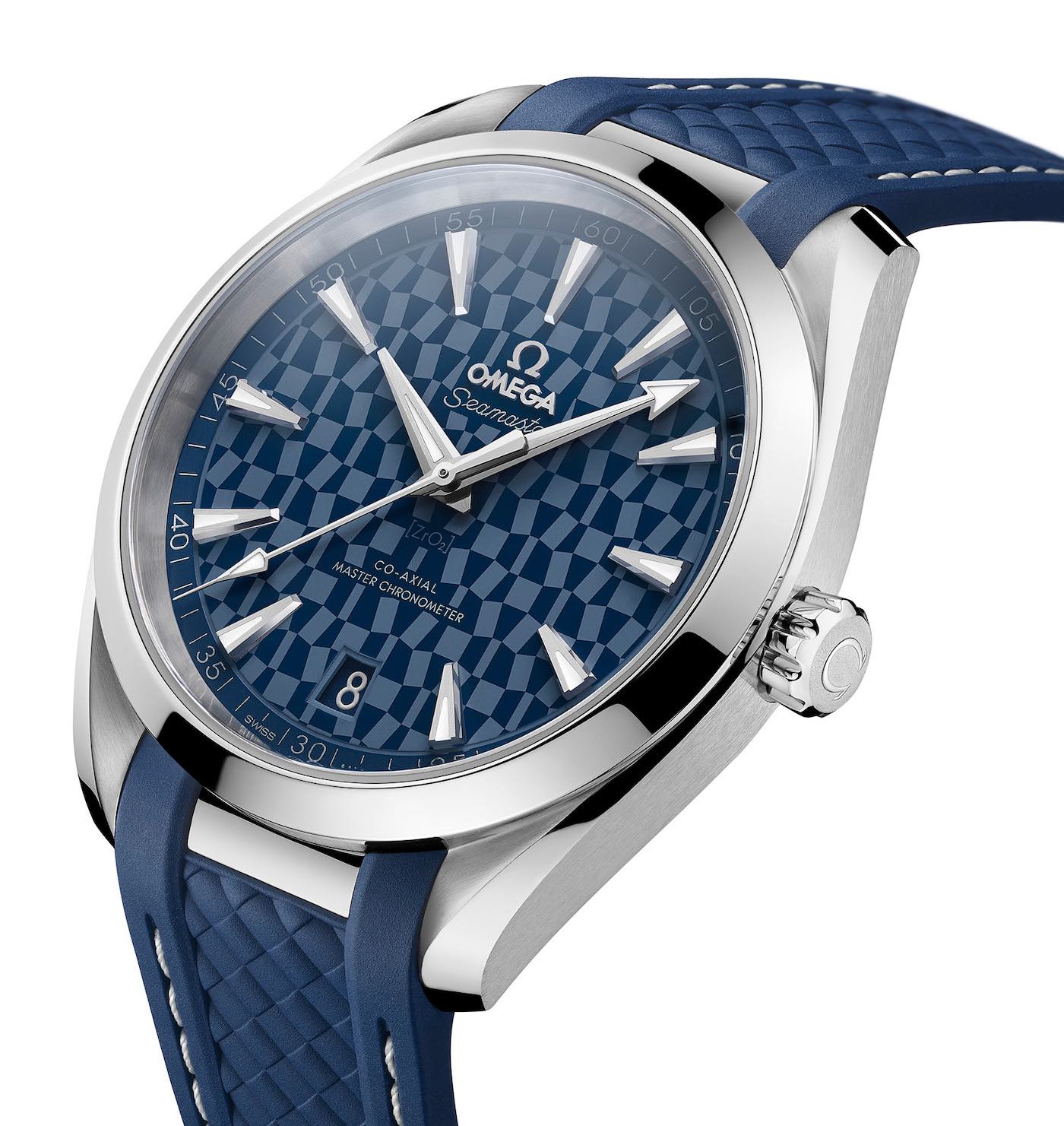
We all know one or two culprits of excessive limited edition creation. Some are excessive in the variety of SKUs while others are excessive in the number of watches they consider limited, but the concept and consumer response are the same either way. How much longer can the watch market absorb this tidal wave of relatively uninspired variety before consumers only buy standard-production pieces for the sake of resale security and long-term satisfaction with their purchase? Only time will tell, and as of now, the limited editions are still coming with no end in sight.

